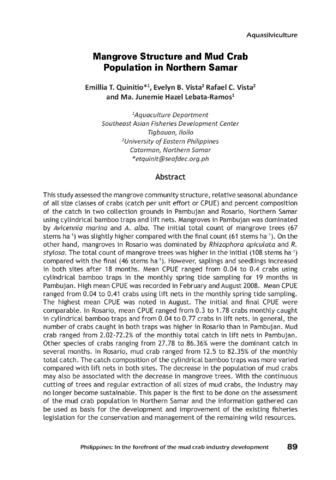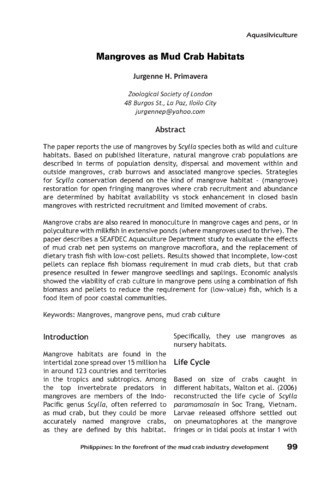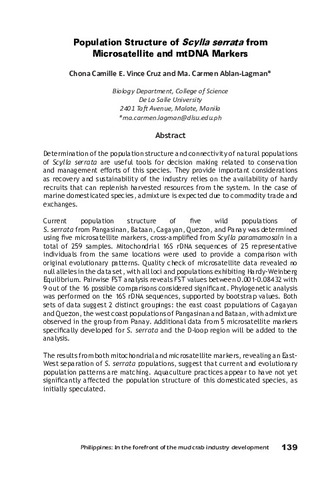| dc.identifier.citation | Gallardo, W. G., Hagiwara, A., Tomita, Y., Soyano, K., & Snell, T. W. (1997). Effect of some vertebrate and invertebrate hormones on the population growth, mictic female production, and body size of the marine rotifer Brachionus plicatilis Müller. Hydrobiologia, 358(1-3), 113–120. | en |
| dc.description.abstract | Eight vertebrate and invertebrate hormones were screened for their effect on population growth, mictic female production, and body size of the marine rotifer Brachionus plicatilis. Growth hormone (GH) or human chorionic gonadotropin (HCG) at 0.0025-25 I.U. ml-1 and estradio1-17β (E2), triiodothyronine (T3), 20-hydroxyecdysone (20-HE), 5-hydroxytryptamine(5-HT), gamma-aminobutyric acid (GABA) or juvenile hormone (JH) at 0.05-50 mg l-1 were added to 5-ml of Nannochloropsis oculata suspension (7 x 106 cells ml-1). From an initial density of 1 individual ml-1, rotifers were cultured with hormones for 48 hours in 22 ppt seawater at 25 °C, in darkness. Rotifers were counted and classified into female types and transferred to a new algal food suspension without hormone every other day until day 8 when body size was measured. Population growth was significantly higher in treatments exposed to GABA (50 mg l-1), GH (0.0025 and 0.025 I.U. ml-1), HCG (0.25 and 2.5 I.U. ml-1), and 5-HT (5 mg l-1). E2 caused a decrease in population growth, whereas JH, 20HE, and T3 had no effect. Mictic female production was significantly higher at 0.05 and 0.5 mg l-1 JH and 0.05 and 5 mg l- 5HT. GH (0.0025 and 0.025 I.U. ml-1), E2 (50 mg l-1 ), GABA (0.5, 5 and 50 mg l-1), and 20-HE (0.05 mg l-1) treatments had significantly higher mictic female production only on day 8, 6, 4, and 6, respectively. T3 and hCG had no effect on mictic female production. Lorica length increased by 9.6% and 4.4% in rotifers treated with JH (0.05 mg l-1) and GABA (5 mg l-1), respectively. Correspondingly, lorica width increased by 8.9% and 2.6% in these treatments. In comparison, 20-HE-, T3-, and HCG-treated rotifers were smaller (3.9-8.2%) and GH, 5-HT and E2 had no effect on rotifer body size. | en |



